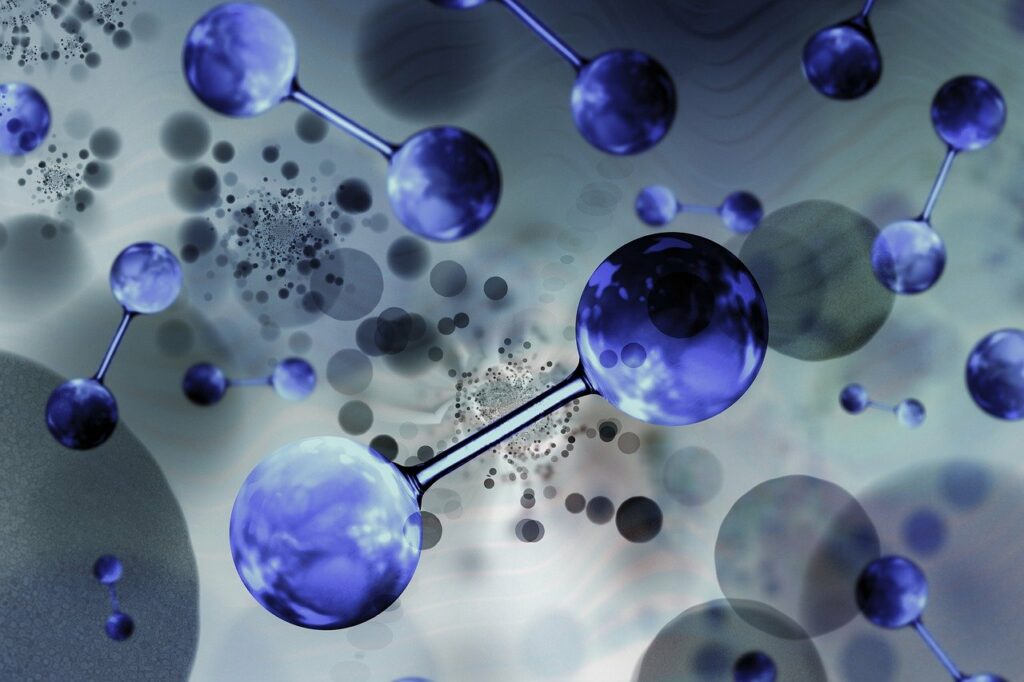Cambridge Enterprise Limited has filed a new patent titled “Method for Upcycling Plastic Waste,” which presents a potentially groundbreaking technology aimed at addressing plastic waste while simultaneously producing hydrogen gas.
The patent, filed on August 8, 2024, details a method that combines enzymatic degradation with photoreforming to upcycle plastic into valuable products.
Features and Technological Improvements
This innovative method involves two main steps:
1. Enzymatic Degradation: Plastic waste is first contacted with an enzyme that degrades the plastic into its constituent monomers and/or oligomers, or derivatives thereof.
2. Photoreforming: The resulting composition from the enzymatic degradation is then subjected to a photoreforming process which produces a mixture of products, including hydrogen gas and oxidation products of the monomers and/or oligomers.
The patent’s unique approach lies in its combination of biocatalysis (enzymatic degradation) and a photoreforming process, which distinguishes it from traditional plastic recycling methods and hydrogen production technologies. Unlike standard recycling methods that merely repurpose plastic into new plastic products, this technology breaks down the plastic at a molecular level, allowing for upcycling into more valuable and diverse products.
Potential Applications
The possible applications of this technology are broad and impactful:
– Plastic Waste Management: This method offers an environmentally friendly solution to managing plastic waste, which is a significant global issue.
– Hydrogen Production: The production of hydrogen gas as a byproduct of this process presents a renewable energy source, which is in high demand as the world shifts toward cleaner energy solutions.
– Chemical Production: The oxidation products from the photoreforming process can be valuable precursors for various chemical industries.
